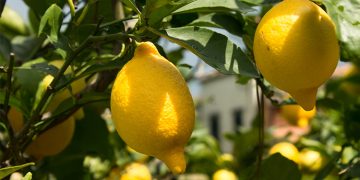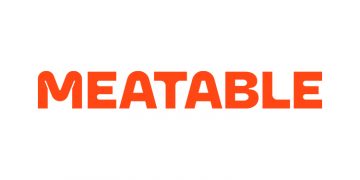SBTi is a global body that enables businesses to set ambitious emissions reduction targets in line with the latest climate science. It focuses on accelerating the pace at which companies across the world are halving emissions before 2030 and achieving net-zero emissions before 2050. Based on its methodology, Lindt & Sprüngli has set targets for its direct and indirect emissions (Scope 1 and 2) as well as emissions from the upstream and downstream value chain (Scope 3), including parts of the value chain that relate to Forest, Land and Agriculture (FLAG). The targets are focused on achieving an absolute reduction in emissions by 2030 and 2050. In line with SBTi criteria, Lindt & Sprüngli will prioritize decarbonization efforts and neutralize all residual emissions to reach the net-zero goal. For further information and the detailed near- and long-term science-based climate targets, please see Lindt & Sprüngli’s Roadmap to net-zero.
Group CEO Adalbert Lechner commented: “Our ambition to achieving science-based climate targets will drive us to innovate and seek new opportunities across our products, operations, and value chain. We are excited to embark on this ambitious journey and contribute to the goals of the Paris Agreement. Science-based targets lead the way, shaping responsible business practices and reducing our environmental footprint.”
Roadmap
Most of the emissions in Lindt & Sprüngli’s carbon footprint, comprising around 95%, come from Scope 3-related activities, meaning activities not under its direct operational control. Cocoa, other raw materials such as dairy and sugar, transport, and packaging are the biggest contributors to Lindt & Sprüngli’s footprint. To reach its Scope 3 FLAG targets, the company focuses on reaching a deforestation-free supply network and helping farmers to carry out more environmentally responsible agricultural practices. The Group’s FLAG targets, therefore, also include a no-deforestation target for cocoa products. Simultaneously, Lindt & Sprüngli is working towards reducing emissions from its packaging and supply chain by exploring sustainable packaging solutions and prioritizing lower-carbon transport options as well as optimized transport routes to reach its overall Scope 3 targets. Furthermore, it will continue to expand its existing low-carbon energy sources in its direct operations and implement strategies to reduce energy consumption (Scope 1 and 2 targets).
Lindt & Sprüngli will report on its progress towards its targets in its annually published Sustainability Report, with the first update to be published in the 2023 Sustainability Report.




















